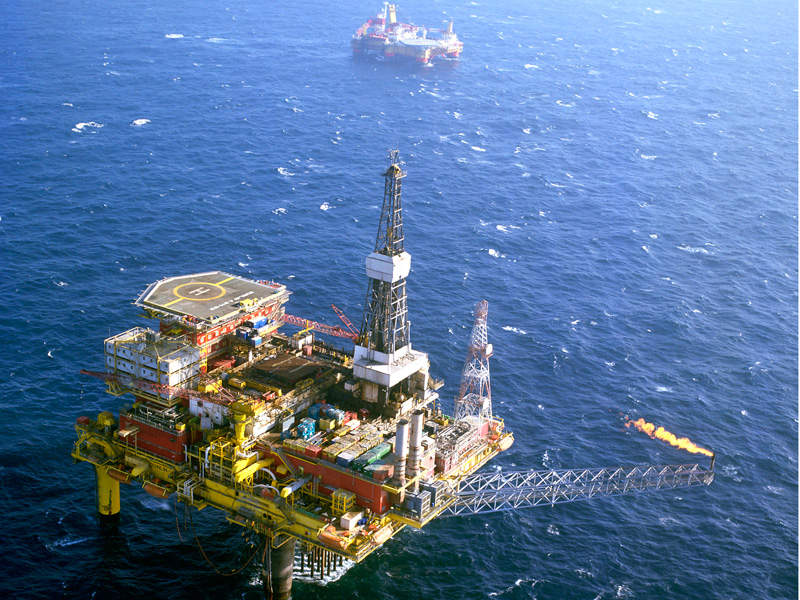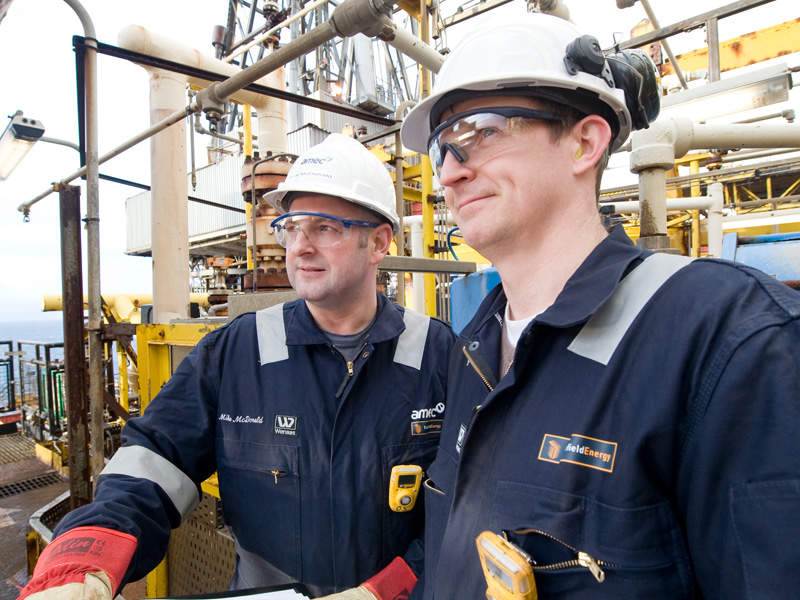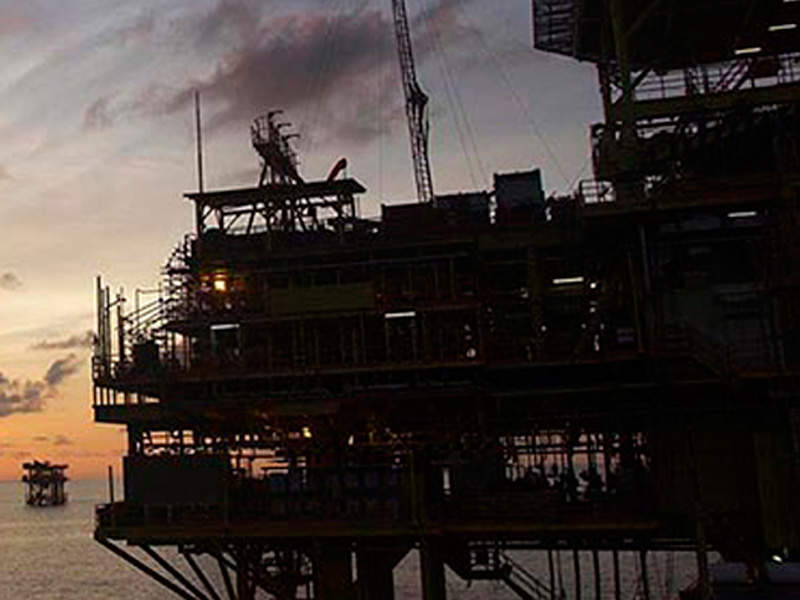The Dunlin cluster of fields lies in the East Shetland Basin, 500km north-northeast of Aberdeen. It is located in blocks 211/23 and 211/24 of the UK continental shelf and is 11.2km away from the Norwegian boundary.
Production from the Dunlin area ceased on 15 June 2015 and the Oil and Gas authority issued a cessation of production approval on 15 January 2016.
Comprising the Dunlin, Dunlin South West, Osprey and Merlin fields, the Dunlin cluster started producing in 1978 through the Dunlin A platform, while Osprey and Merlin came online in 1991 and 1997 respectively.
Fairfield Energy became the cluster’s operator after acquiring it from Shell in April 2008. MCX is a joint venture partner in the cluster, with a 30% working interest in the asset.
Fairfield Energy, along with its subsidiaries Fairfield Betula and Fairfield Fagus, and its partner MCX have decided to initiate the decommissioning programme for the area. The decommissioning works on the cluster have started and are expected to be completed in five years.
Dunlin Cluster details
A concrete gravity base structure, the Dunlin A platform consists of steel topsides deck and production facilities. It was installed in the Dunlin field in 1977 and served as a production hub for all the fields in the cluster.
The platform is in close vicinity of the Thistle, Murchison, Cormorant and Brent platforms, and serves as a pumping station for crude oil imports from the Thistle and Murchison fields.
A pipeline transports oil from Dunlin A to the Cormorant A platform to be sent to the Sullom Voe oil terminal in the Shetland Islands. The Merlin and Osprey fields are tied back to the Dunlin A platform via a set of two 8in diameter subsea pipelines and control lines.
The area has been producing for more than 37 years after its life was extended from the initially planned 25 years. A total of 522m barrels have been produced through its lifetime with a peak production of 120,000bopd recorded in 1979.
Decommissioning plan for Dunlin cluster
The decommissioning plan for the North Sea asset is estimated to cost $600m (approximately £400m) and will comprise decommissioning of the Dunlin field, as well as the Osprey and Merlin subsea satellite fields and the related infrastructure.
The decommissioning activities are planned to be executed through four stages starting with the flushing of hydrocarbons to prepare the area for the removal operations. The plan includes plugging and abandoning 16 subsea wells before starting the decommissioning of the Osprey and Merlin subsea infrastructure. It will be followed by the plugging and abandoning of 45 platform wells and appropriate disposal of platform topsides. The decommissioning will end with site remediation and monitoring.
The Dunlin A platform will continue operating according to contractual obligations until the third quarter of 2017. It will provide an export route to the Brent system pipeline for third party oil production.
Removal of Dunlin A platform
The platform was installed as a permanent structure in 151m of water. The design of the structure conformed to the early-1970s and the installation was not to be refloated for eventual removal, which has led to technical challenges for the operator regarding re-use and removal of the platform.
Weighing 320,000t, the platform is planned to be removed as one structure or in parts as the current capacity of heavy lift vessels for offshore sector is approximately 14,000t. The operator is also considering in-situ decommissioning of the structure by leaving parts or the complete concrete structure as it is.
Contractors involved
A well engineering services contract was awarded to Exceed in March 2016 for the plugging and abandonment of 45 platform and 16 subsea wells.
Atkins is also assisting Fairfield in the decommissioning operation.






